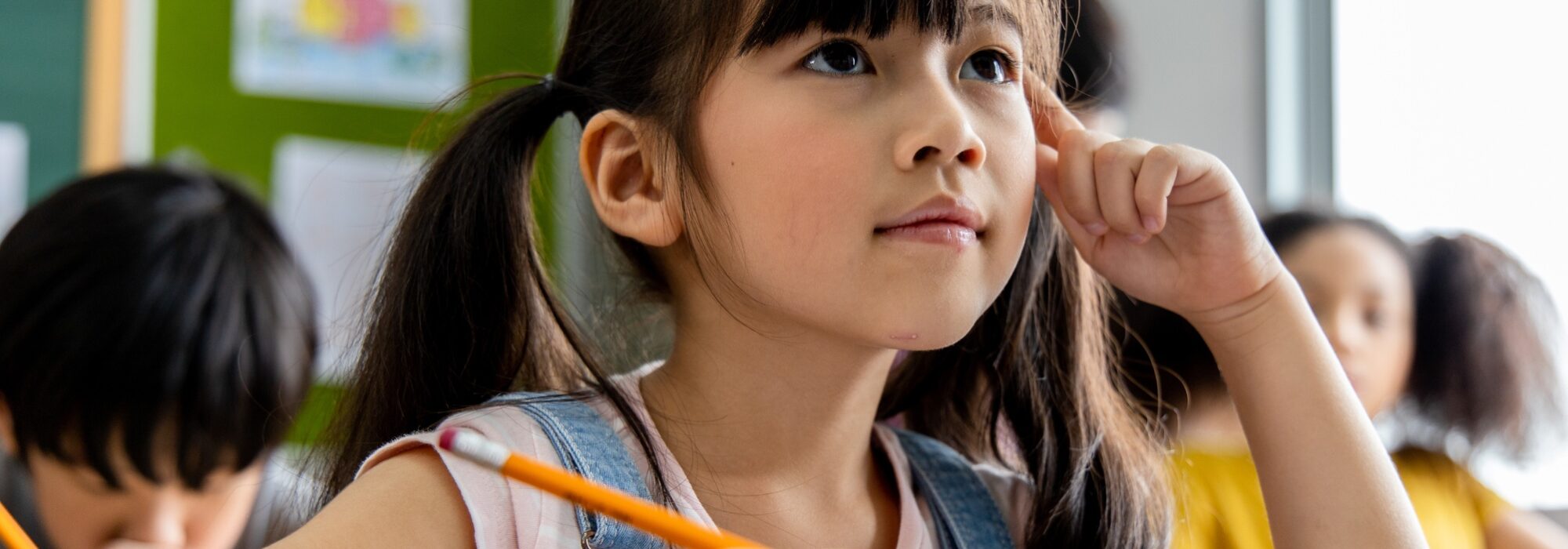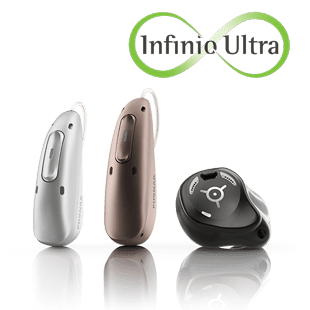
Hearing studies on children in the classroom – not an easy feat!
This challenge could not have been truer than for our recent study conducted in collaboration with the research team at Hörzentrum Oldenburg in Germany.
Testing children is not easy.
While there are studies out there with impressive results, that doesn’t mean they were easy to conduct. In fact, it’s easy to overlook just how tricky it can be to obtain accurate and valid assessments from young children, who have a limited concentration span.
Assessment batteries for studies tend to be lengthy and could require that a child return several times to complete all the tasks. Naturally, this imposes additional variability into the study design, which must be accounted for and mitigated in the interpretation of the results.
Not as easy as it seems – Evaluating the benefits of Roger SoundField in the classroom
This challenge could not have been truer than for our recent study conducted in collaboration with the research team at Hörzentrum Oldenburg in Germany.
Our goal was to determine whether Roger SoundField makes it easier for children to understand oral instructions in the classroom and to evaluate the influence of this system on children’s speech understanding in the presence of background noise.
Our research partners quickly realized that young children would not have the attention span to sit through testing at every presentation level, cross-referenced against every noise level and every reverberation time being evaluated.
So, what did our research partners do to make this study possible with young children?
They used technical measures to determine the acoustic room parameters of Roger SoundField simulating different noisy, reverberant classrooms. The outcomes helped to select the most appropriate set of parameters to reduce the time needed to run the study with children.
Objective simulations inform future research
The study1 was done by evaluating the Speech Transmission Index (STI) in the Communication Acoustic Simulator (KAS) laboratory room at the Hörzentrum Oldenburg.
The KAS is equipped with a digital reverberation system which can be used to simulate various room acoustic situations that differ in terms of reverberation time as well as early reflections.
By doing so, it enabled the researchers to reduce the number of measurement conditions and time needed to run the assessment on our young participants. As we expected, the results of this study indicated that Roger SoundField shows improvement in objective speech transmission for all conditions, and especially in rooms with higher reverberation times.
In a follow-up study, they will determine clinical relevance by testing the performance of Roger SoundField with children with normal hearing. Children will be tested in different room conditions, using the classroom acoustics and noise level parameters defined in this study.
To learn more about this study, read the Phonak Field Study News here.
| 4 new features in Roger SoundField /V2 1. Bluetooth connectivity: The new connectivity module makes it easy to simultaneously connect to multimedia devices. This allows the teacher’s voice from the Roger Touchscreen Mic to be mixed with music or another audio signal (e.g., from a smartphone). 2. Upgraded loudspeakers: Fuller, richer sound quality and more bass, thanks to new transducers and seal. 3. MultiTalker Network: This system can amplify up to 35 Roger microphones at once, allowing the voices of classmates to be heard (not just the teacher’s) promoting lively discussions in classrooms, even with overlapping speech. 4. USB connector: Firmware upgrades are available through the USB connector, making it easy to upgrade whenever it’s needed. Click here for an overview and support literature on Roger SoundField solutions. |
Reference:
- Rodrigues, T. (2022). Improved objective speech transmission in noisy, reverberant rooms with Roger™ SoundField. Phonak Field Study News. Retrieved from Evidence Library | Phonak, accessed January 2, 2023.
